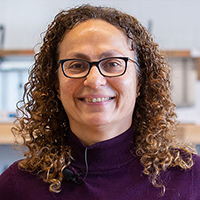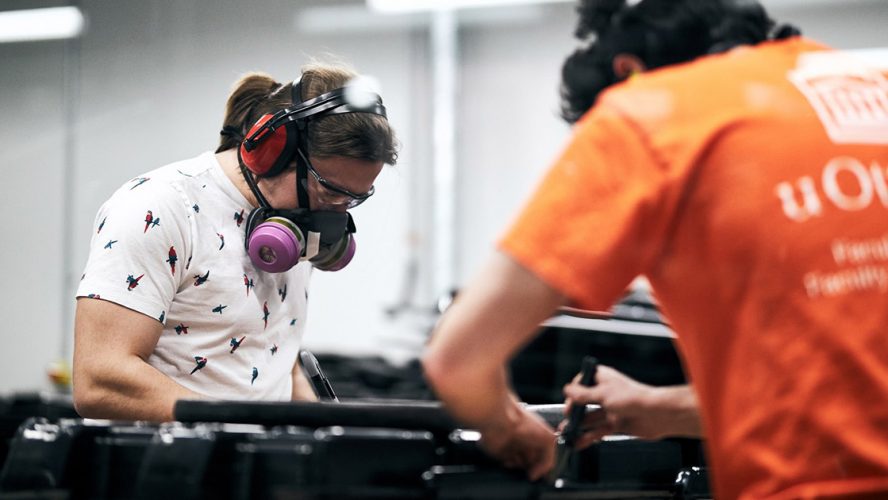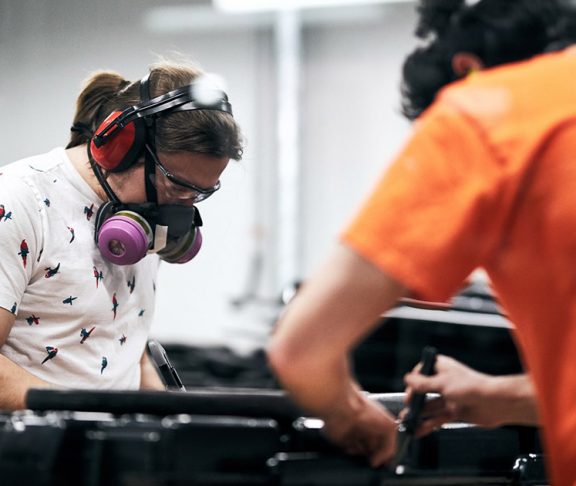
Dr. Hanan Anis
NSERC Chair in Entrepreneurial Engineering Design, University of Ottawa
Experiential learning fosters better educational and career outcomes for engineers. Here’s how the University of Ottawa gears its engineering programs towards hands-on learning.
At the University of Ottawa (uOttawa)’s Faculty of Engineering, exposure to practical, real-world engineering problems starts in first year. As early as their second semester, students have the opportunity to solve problems for real clients. Balancing practice with theory from the program’s outset is part of the university’s comprehensive engineering ecosystem, which includes a thriving startup culture, entrepreneurial competitions, and state-of-the-art facilities.
Cutting-edge facilities foster student innovation
The engineering school’s main hub is the Centre for Entrepreneurship and Engineering Design (CEED), a multi-use facility with dedicated prototyping spaces, labs, and learning facilities. “The mandate of CEED is to enable students to develop concepts and prototypes, and to commercialize ideas, with help and scaffolding along the way,” says Dr. Hanan Anis, the NSERC Chair in Entrepreneurial Engineering Design. “Prototyping facilities, which enable students to turn their ideas into actual physical prototypes — whether that’s software or a tangible object — are the core of this space.”
From traditional mechanical equipment like saws, lathes, and milling machines at the Brunsfield Centre to 3D printers, laser scanners, and virtual reality tools at the Richard L’Abbé Makerspace, CEED is designed to carry ideas from inception to reality. Dedicated project spaces like the Simon Nehme Design Commons — fitted with whiteboards and reconfigurable furniture — and the Sandbox — a space for small, collaborative projects — encourage teamwork and cooperation between students. Due to the COVID-19 pandemic, most CEED services have moved temporarily to the virtual realm, including labs reimagined with virtual reality setups accessible to students from home.
Experiential learning starts in first year
Experiential learning is a key part of engineering education. According to a report by Eagle’s Flight, a Guelph-based business consulting firm, practical learning experiences are fun and engaging, foster better concept retention, and help bridge the gap between theory and practice. Zoya Abou-Jaish, a fourth-year electrical engineering student, shares her experience in the design course: “In my first year, we worked on building net-zero mobile homes for northern Indigenous communities. It was so cool to meet with a real-life client, since none of us expected to do that in our very first year. We were able to ask specific questions and to work in teams to solve the problems she presented.”
First-year design courses and continual access to the facilities at CEED aren’t just about bettering learning outcomes: they also have a direct impact on students’ career prospects. “Working with clients from year one expands a student’s network,” says Dr. Anis. “Clients know many students by name. It’s like an extended interview period, from a client’s point of view. It’s an excellent opportunity for recruitment and retention.”
CEED facilities are also largely led by students or new grads, offering a window for developing leadership skills in students’ upper years. “Having student-led and operated facilities is important for growth and ownership,” says Dr. Anis. Of course, faculty members are always available for training, mentorship, and support.



